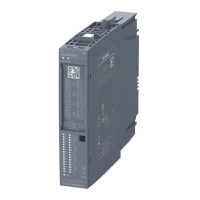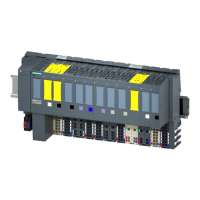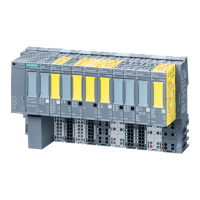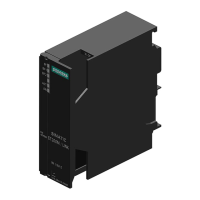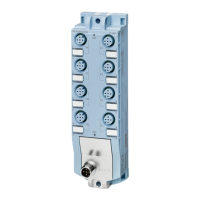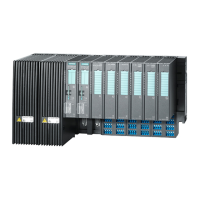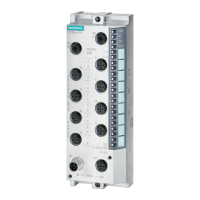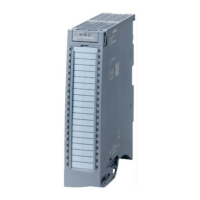Description
The quality code of eld devices with HART revision 7 or higher is structured as follows:
Quality code Meaning (process status)
80
H
Value is okay
89
H
"Good" with "low limit" Process status, formed from the "De‐
vice variable status" (DVS) of the re‐
sponse frames with corresponding lim‐
its (see above).
8A
H
"Good" with "high limit"
28
H…
2B
H
"Bad"
68
H…
6B
H
"Poor accuracy"
78
H…
7B
H
"Manual" or "Fixed"
(manually controlled or xed value)
88
H…
8B
H
"More device variable state available"
(additional status information available)
84
H
Response code RC8: Update error
24
H
Response code RC16: Access restricted Request from eld device refused
23
H
Communication error or HART variable not
present in the eld device
37
H
Initialization value from analog module After module start-up, after incorrect
operation of the multiHART interface
or after redundancy failover to the
standby channel
1
40
H
Read alternatively via command 3
00
H
Initialization value from system
1
A channel is in standby mode when a redundancy failover occurs due to a fault in an IO-redundant
module.
7.4.5 multiHART range
Denition
You can access any of the congured HART variables in the I/O module via the multiHART range.
When HART mode is enabled, the I/O module cyclically reads the variables provided by the
connected eld devices itself and makes them available in the congured input address space.
You can request and read one of these HART variables via the multiHART range.
HART function
7.4 Tags
AI 4xI 2-/4-wire HART ISOL HA
Equipment Manual, 07/2022, A5E50101523-AB 49
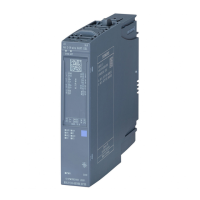
